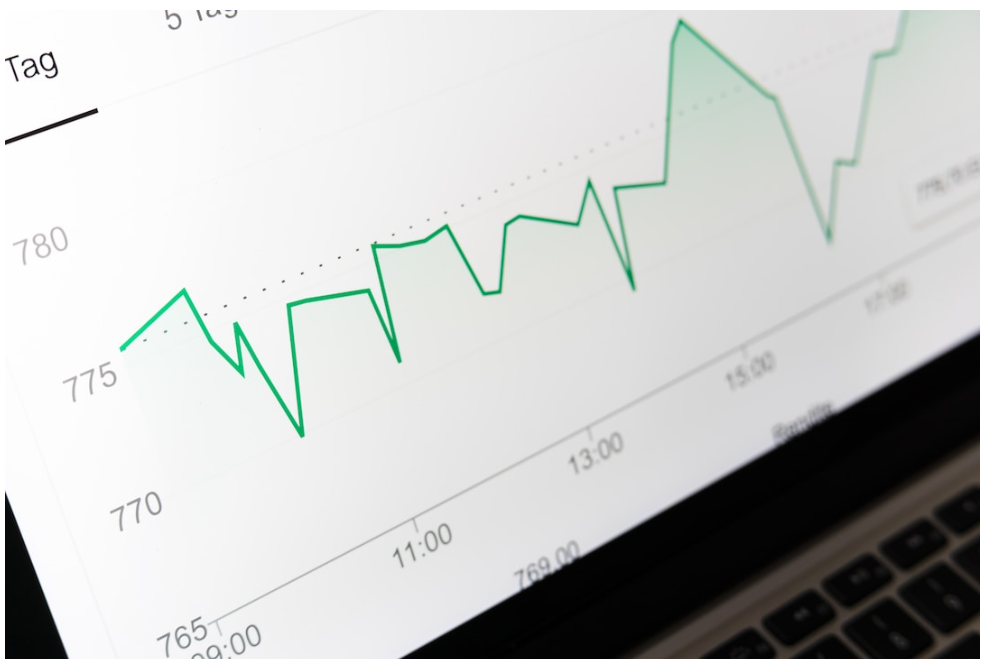In the realm of business analytics and strategy, visual data representation plays an integral role. Oftentimes, we need a visual tool to collate and display large amounts of data in a way that can easily be comprehended and interpreted. This is where tools like the line chart come to the fore. Below, we delve into the application of these important charts in the business world.
Table of Contents
Understanding Line Charts in the Business World
Line charts are simple yet effective tools for presenting data over a specific period. It is a type of chart that displays information as a series of data points connected by straight-line segments. This is a popular choice among statisticians, researchers, and business analysts.
Line charts can be used to compare multiple datasets by displaying different lines on the same chart. This is especially beneficial when businesses need to compare performance markers such as sales, profits, and expenditures over time.
The Fundamental Role of Line Chart in Business Analysis
Alt Text: A line chart graphed on paper.
The line chart plays a vital role in business analysis by providing a clear visual presentation of complex data. Its ability to display changes over a period offers businesses the opportunity to observe trends, make comparisons, and predict future patterns.
Line charts can streamline the process of spotting business trends or fluctuations in data due to the ease with which they visualize changes over time. Consolidating a vast amount of data into a single view allows for comprehensive trend analysis.
Using line charts for business analysis can also manifest in monitoring company progress. By plotting key performance indicators (KPIs) on a line chart, it’s possible to detect dips in performance and implement timely remedial measures.
Moreover, predictive analysis is yet another avenue where line charts excel, supporting business leaders in their forecast of future trends based on historical data.
Advantages of Using Line Charts in Your Business
Using line charts in your business set-up comes with multiple benefits. Firstly, they allow for straightforward interpretation due to their simplification of complex data. Such an easy-to-read format ultimately aids in effective decision-making.
One major advantage lies in their ability to clearly outline trends. Whether depicting an upward trend in sales, a downward trend in costs, or the stability of certain business factors over time, line charts can convey this information in an easily digestible manner.
Additionally, the versatility of a line chart comes into play when you’re comparing multiple datasets simultaneously. Their clear and concise nature presents multiple data lines without inducing confusion.
Lastly, line charts can be easily created, manipulated, and interpreted using standard office software, making them an accessible tool for all businesses regardless of size or industry.
Real-Life Examples of Line Chart Application in Business
Alt Text: A line chart on a computer.
Line charts find extensive application in various facets of business. An e-commerce business, for example, might use them to compare monthly sales performance over a year, gaining insights into the best and worst-performing months.
In the services industry, a company could use line charts to track customer behavior or patterns over time. Similarly, in manufacturing, line charts may depict the production rates of different products, allowing for comparative analysis and identification of top-performing product lines.
Even in finance, tracking investment values over time using line charts can simplify complex data, thereby supporting decision-making processes about when and where to invest.
Altogether, line charts offer a powerful tool in business strategy and analysis. While they require careful implementation, their benefits, uses, prediction, and comparison make them indispensable to modern business operations.













